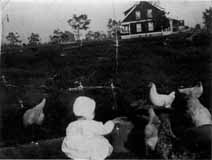The photos you are seeing here are lovely images of the Beechwold area (west side of High Street) before, or as, the land was being developed into the housing subdivision we know today as “Old Beechwold.” Some of these photos were later used in a promotional brochure–a lovely brochure called “Beechwold the Beautiful,” with a dark green heavy paper cover tied with dark green string with engravings by the Bucher Engraving Co., illustrations and text by Stacy G. Taylor, and printed by the Stoneman Press Company. This same brochure has recently been reprinted by the TWIG organization for use as a fundraiser.
Why the spelling change? Previous owners Joseph Jeffrey had named his country estate “Beechwalde,” and it was changed to “Beechwold” for marketing purposes (=easier to spell) when the land was subdivided and sold for housing units by Charles Johnson.
These photographs were given to me by the granddaughter of Frank Sweigart; Frank worked for Charles F. Johnson for eight years. I am mounting the Beechwold photos in several postings to facilitate some comparisons.
(Images courtesy of Karen Sweigart Longava)
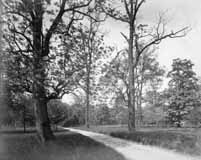

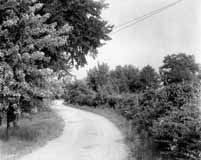
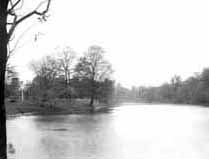
 The old barn, an outbuilding of the Columbus Zoo, and eventually the Jeffrey summer home in Beechwalde, still stands and was remodeled, on the request of the homeowners, by students at the Interior Design Institute in 1983 for use as a guest house. (Photo courtesy of Terry Miller)
The old barn, an outbuilding of the Columbus Zoo, and eventually the Jeffrey summer home in Beechwalde, still stands and was remodeled, on the request of the homeowners, by students at the Interior Design Institute in 1983 for use as a guest house. (Photo courtesy of Terry Miller)



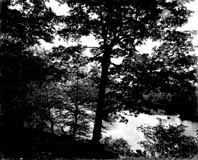
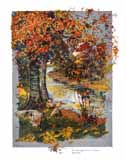
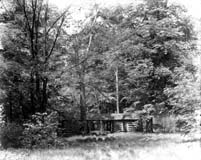
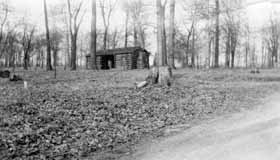
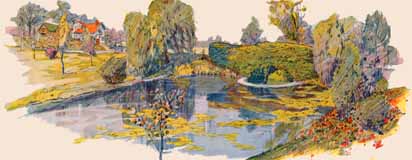
 In 1915, there were plans to build a hospital on the corner of Indianola and Olentangy Avenue adjacent to Glen Echo Park. The hospital would cost a quarter of a million dollars and would include several buildings: surgical, medical, maternity, contagious, laboratory, power plant, and nurses’ home. It was to be called Columbus General Hospital and was an outgrowth of Lawrence Hospitals. The goal was to take care of the needs of the rapidly growing north side.
In 1915, there were plans to build a hospital on the corner of Indianola and Olentangy Avenue adjacent to Glen Echo Park. The hospital would cost a quarter of a million dollars and would include several buildings: surgical, medical, maternity, contagious, laboratory, power plant, and nurses’ home. It was to be called Columbus General Hospital and was an outgrowth of Lawrence Hospitals. The goal was to take care of the needs of the rapidly growing north side.